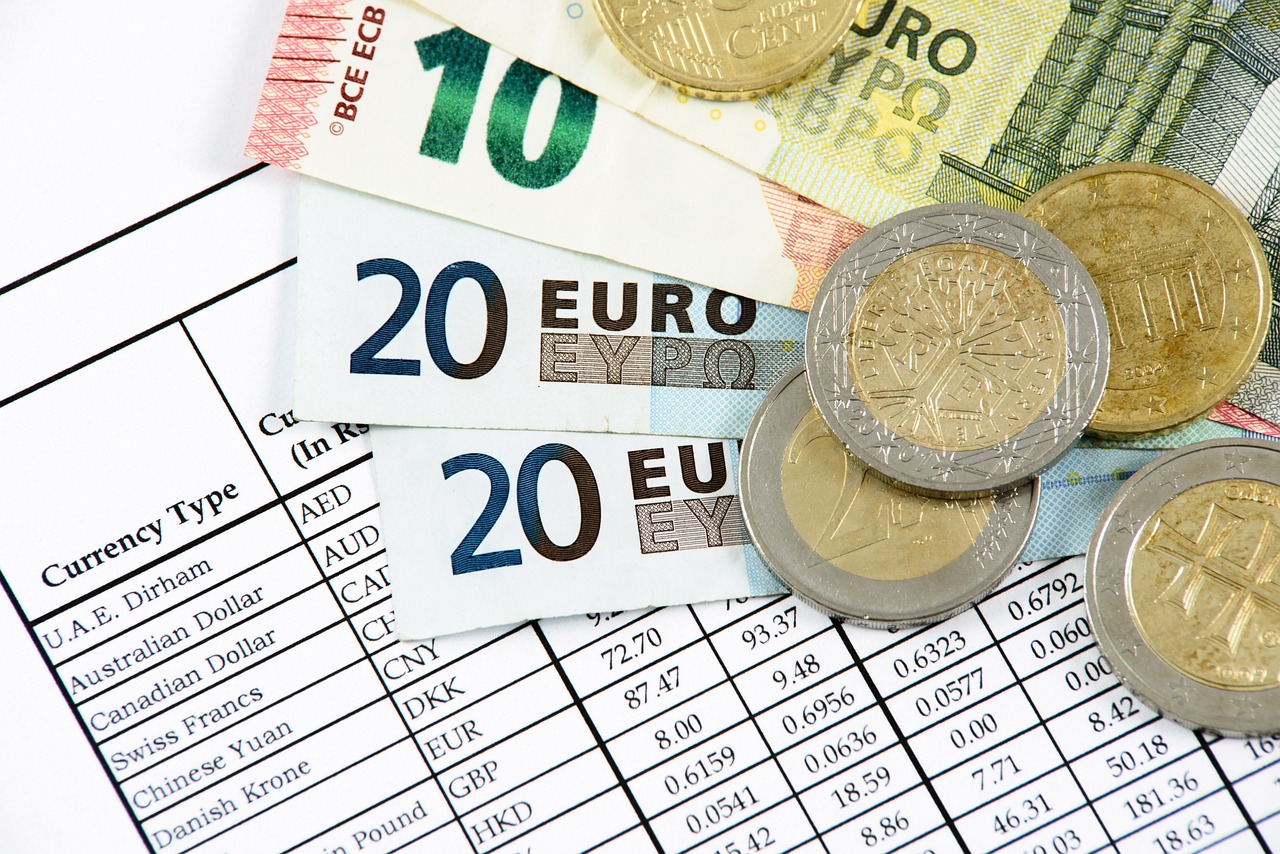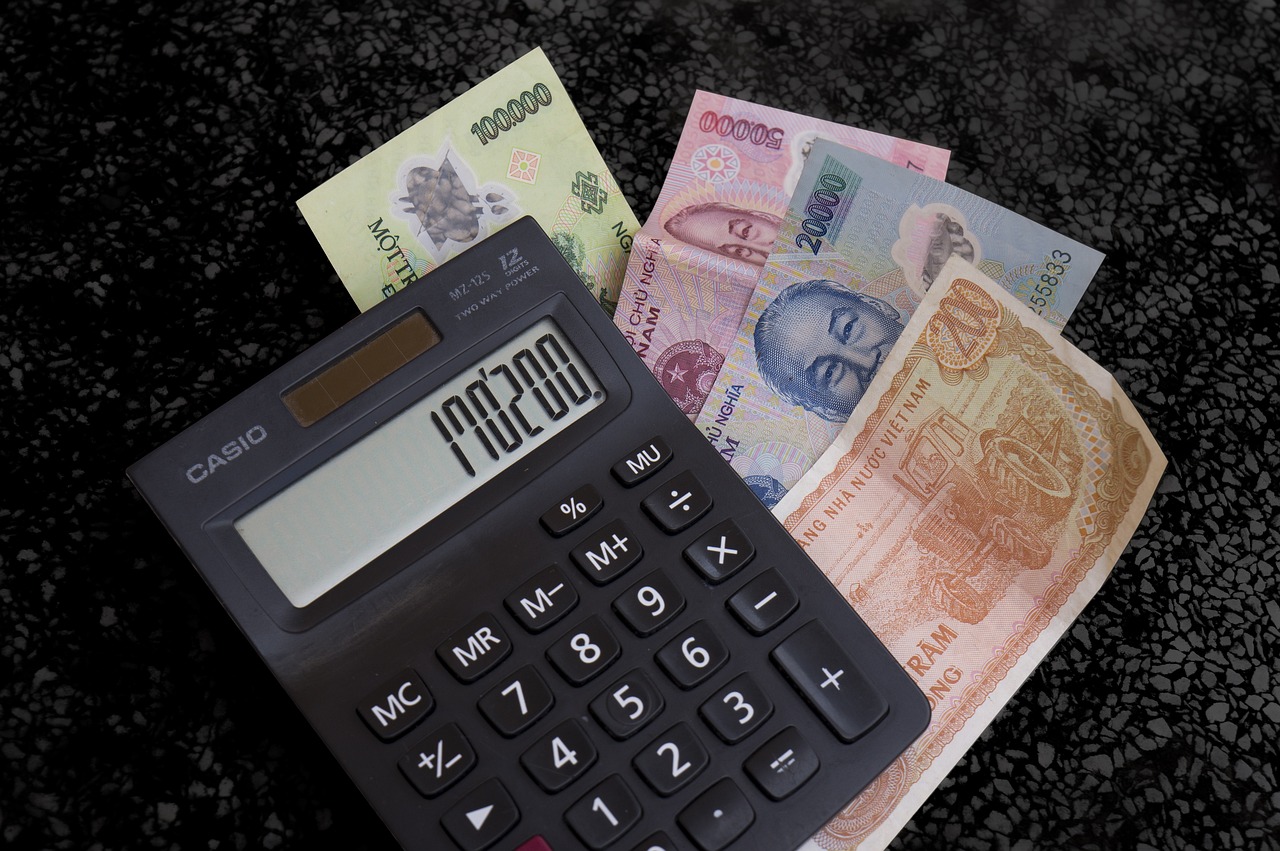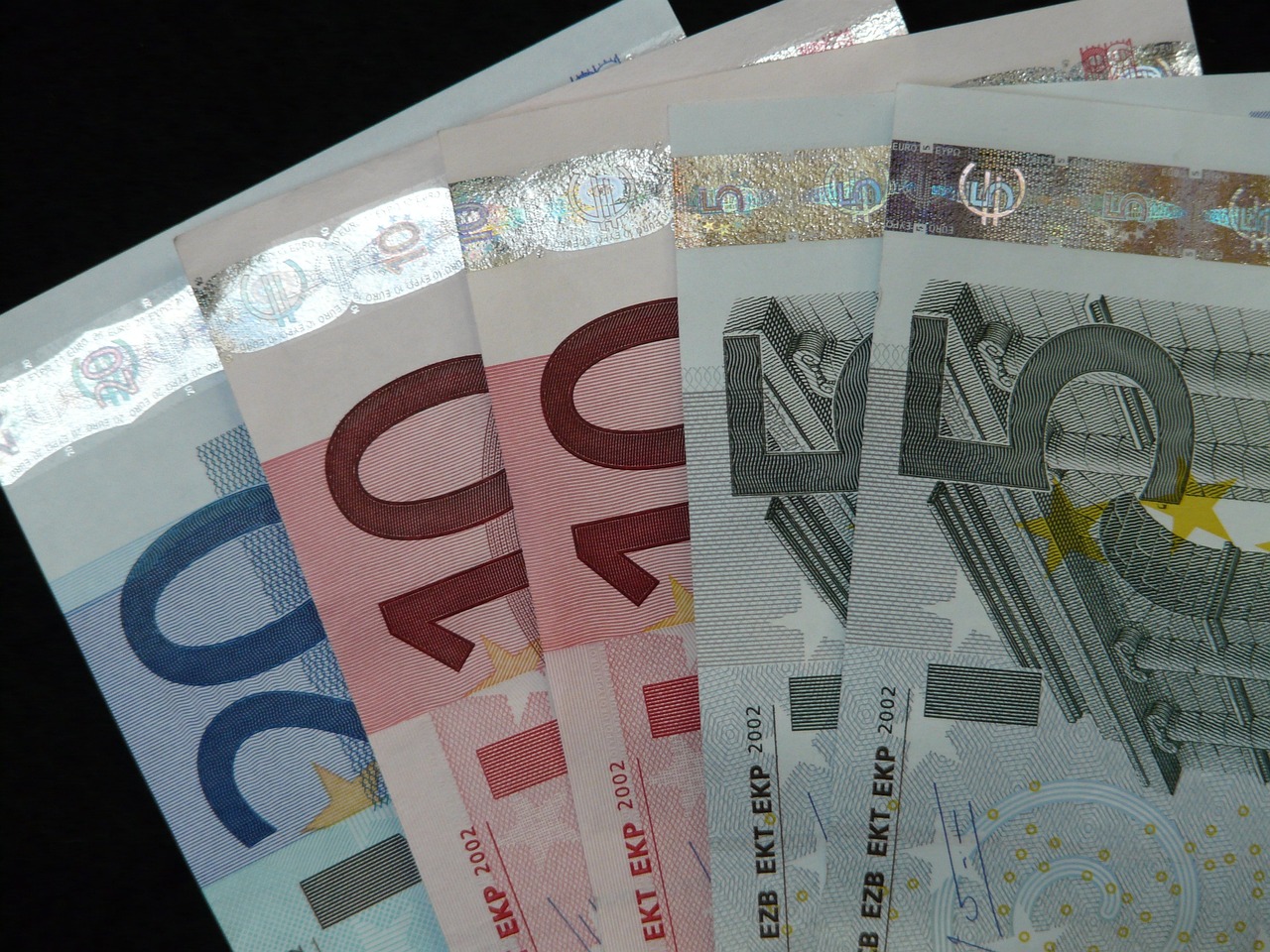Impact of Political Events, Exchange Rates, and Platforms on EUR/USD Conversions
GPT_Global - 2025-10-24 12:00:36.0 201
How do political events in Europe affect the euro-to-dollar exchange rate?
Political events in Europe can significantly influence the euro-to-dollar exchange rate, impacting businesses and consumers alike, especially in the remittance sector. For instance, when political instability arises in major European nations, such as elections or changes in government policies, it often leads to uncertainty in the financial markets. This uncertainty can cause fluctuations in the euro's value against the U.S. dollar, as investors tend to seek safer assets during times of political unrest.
Additionally, European Union decisions, like trade agreements or regulations, also play a crucial role in determining the euro's strength. A positive political development, such as economic reforms or cooperation between European countries, can lead to a stronger euro, whereas negative developments, such as a crisis or rising political tensions, can weaken the currency.
For remittance businesses, understanding these dynamics is essential, as currency fluctuations directly affect the cost of sending money internationally. By keeping an eye on European political events, remittance companies can better predict exchange rate trends and offer competitive rates for their customers, ultimately enhancing the service experience.

What’s the difference between the market rate and the tourist rate for EUR/USD?
When dealing with currency exchange for remittance, it’s important to understand the difference between the market rate and the tourist rate, particularly for EUR/USD transactions. The market rate is the value of the euro in relation to the U.S. dollar, based on real-time trading in the foreign exchange markets. This rate fluctuates continuously depending on global economic factors, including interest rates, inflation, and geopolitical events.
On the other hand, the tourist rate is typically the exchange rate offered by banks, currency exchange kiosks, and remittance services to customers. This rate is often less favorable than the market rate, as these businesses factor in operational costs, commissions, and profit margins. As a result, tourists and remittance senders may receive a less competitive exchange rate compared to the market rate.
For remittance businesses, understanding this difference is crucial. By offering competitive rates close to the market rate, businesses can attract more customers and enhance their reputation for transparent, cost-effective services. To maximize value, consumers should always check current exchange rates before sending money abroad to ensure they’re getting the best deal possible.
How do online money transfer platforms calculate euro-to-dollar conversions?
Online money transfer platforms, such as those used in the remittance business, use various factors to calculate euro-to-dollar conversions. These platforms typically rely on real-time exchange rates provided by financial institutions or currency market data. The rates fluctuate based on global economic conditions, political factors, and supply-demand dynamics between the euro and the U.S. dollar.
Moreover, remittance companies often add a margin on top of the base exchange rate, which serves as their source of profit. This margin can vary depending on the platform, the transaction size, and the transfer method chosen. Some platforms may offer more competitive rates for larger transfers or for loyal customers.
Additionally, online money transfer services factor in transaction fees, which can further influence the total amount received by the recipient. These fees can either be a fixed amount or a percentage of the total transfer value, and they vary across different service providers.
Ultimately, customers are advised to compare exchange rates, fees, and transfer times to get the best value when sending money across borders. With so many variables at play, understanding how these platforms calculate conversions can help users make informed decisions about their remittance needs.
Why is the euro sometimes weaker than the US dollar?
In the world of international finance, the value of currencies fluctuates constantly. One of the key factors affecting these fluctuations is the relative strength of the euro compared to the US dollar. Understanding why the euro is sometimes weaker than the US dollar is crucial for businesses, especially those in the remittance industry, which deals with cross-border transactions on a daily basis.
Several factors contribute to the euro's occasional weakness against the US dollar. First, the economic performance of the Eurozone plays a significant role. When economic indicators such as GDP growth or employment rates underperform in Europe, the euro tends to weaken. Conversely, the US dollar often strengthens during times of economic stability or growth in the United States.
Another factor is interest rates set by central banks. The European Central Bank (ECB) and the Federal Reserve set interest rates that influence currency values. If the US raises its interest rates while the ECB keeps them low, the dollar becomes more attractive to investors, leading to a stronger dollar relative to the euro.
For remittance businesses, the fluctuation in currency values affects the cost of sending money internationally. When the euro is weaker, recipients may receive less in their local currency, which can impact the remittance process. Monitoring these trends is essential for businesses that want to provide the best services to their customers.
What is the difference between the official and mid-market EUR/USD rate?
The EUR/USD exchange rate is crucial for remittance businesses, as it determines the value of money transferred between the Eurozone and the United States. However, two common rates used in this process are the official and mid-market EUR/USD rates.
The official EUR/USD rate is set by central banks or financial institutions and is often used for large-scale transactions, like government or institutional deals. This rate may include a margin or spread that benefits the institution, making it less favorable for everyday transactions.
On the other hand, the mid-market EUR/USD rate reflects the true market value, representing the midpoint between buying and selling prices in global financial markets. It's often referred to as the "interbank" rate, and it is the rate that most consumers get when exchanging currency on a platform that doesn't add excessive margins.
For remittance businesses, understanding the difference between these two rates is vital. Using the official rate may involve higher costs for the sender or recipient due to hidden fees, while the mid-market rate ensures a fairer exchange with lower costs and greater transparency.
How do investors use the EUR/USD exchange rate in forex trading?
In the world of forex trading, investors often use the EUR/USD exchange rate as a key indicator for making informed decisions. The EUR/USD pair is one of the most traded currency pairs globally, making it an essential tool for traders and investors. This exchange rate represents the value of the Euro (EUR) against the U.S. Dollar (USD), providing valuable insights into market trends, economic performance, and geopolitical events.
For remittance businesses, understanding the EUR/USD exchange rate is crucial as it directly affects the cost of sending money internationally. A fluctuating exchange rate can lead to either higher or lower fees for customers, impacting the profitability of remittance services. By monitoring these changes, businesses can adjust their pricing strategies, ensuring competitiveness while also offering customers the best possible rates.
Additionally, forex traders may leverage the EUR/USD exchange rate to predict market trends and potential currency fluctuations. By staying informed about these changes, remittance businesses can adapt their services accordingly, offering more value to their clients and maintaining a competitive edge in the global market.
How has the euro-to-dollar trend changed since 2020?
Since 2020, the euro-to-dollar exchange rate has experienced significant fluctuations driven by global economic changes, inflation trends, and monetary policies. At the start of the COVID-19 pandemic, the euro strengthened as the U.S. dollar weakened amid economic uncertainty. However, by 2022, the dollar surged due to aggressive interest rate hikes by the Federal Reserve, causing the euro to drop below parity for the first time in 20 years.
In 2023 and 2024, the euro gradually recovered as inflation in the Eurozone eased and energy markets stabilized. The European Central Bank’s efforts to balance growth and inflation helped strengthen investor confidence in the euro. Meanwhile, the U.S. dollar began to stabilize as markets anticipated slower rate increases.
For individuals and businesses involved in international remittances, these euro-to-dollar trends have a major impact. When the euro weakens, sending money from Europe to the U.S. becomes more expensive, while a stronger euro benefits European senders. Monitoring exchange rate trends helps remittance companies and customers choose the best time to transfer funds and maximize value.
What’s the easiest way to convert euros to dollars without high fees?
```htmlWhen it comes to converting euros to dollars, finding a way to avoid high fees is essential, especially for remittance purposes. Traditional banks often charge high exchange rates and fees, which can cut into the amount being transferred. To get the best deal, it’s crucial to explore other alternatives that provide better value.
One of the easiest ways to convert euros to dollars with low fees is by using a reputable online remittance service. These services typically offer competitive exchange rates and low or no hidden fees, making them a popular choice for individuals sending money internationally. Many remittance companies also offer fast transfers, so the recipient can access their funds quickly.
Additionally, peer-to-peer (P2P) transfer services are becoming a more popular option. These platforms connect users directly, cutting out intermediaries and offering lower fees. However, it’s important to research the platform’s reliability and user reviews before using it for large transfers.
By choosing the right remittance provider, you can ensure that your euro-to-dollar conversions are both cost-effective and convenient, allowing you to send money with confidence and ease.
```
About Panda Remit
Panda Remit is committed to providing global users with more convenient, safe, reliable, and affordable online cross-border remittance services。
International remittance services from more than 30 countries/regions around the world are now available: including Japan, Hong Kong, Europe, the United States, Australia, and other markets, and are recognized and trusted by millions of users around the world.
Visit Panda Remit Official Website or Download PandaRemit App, to learn more about remittance info.

